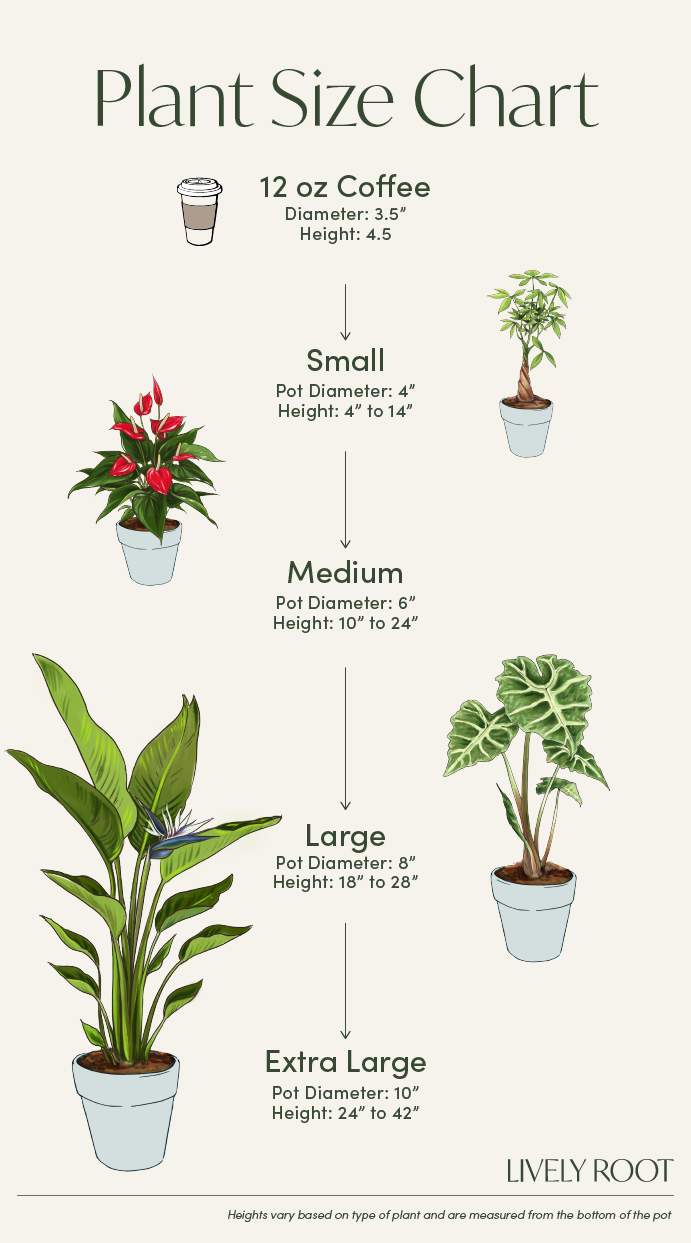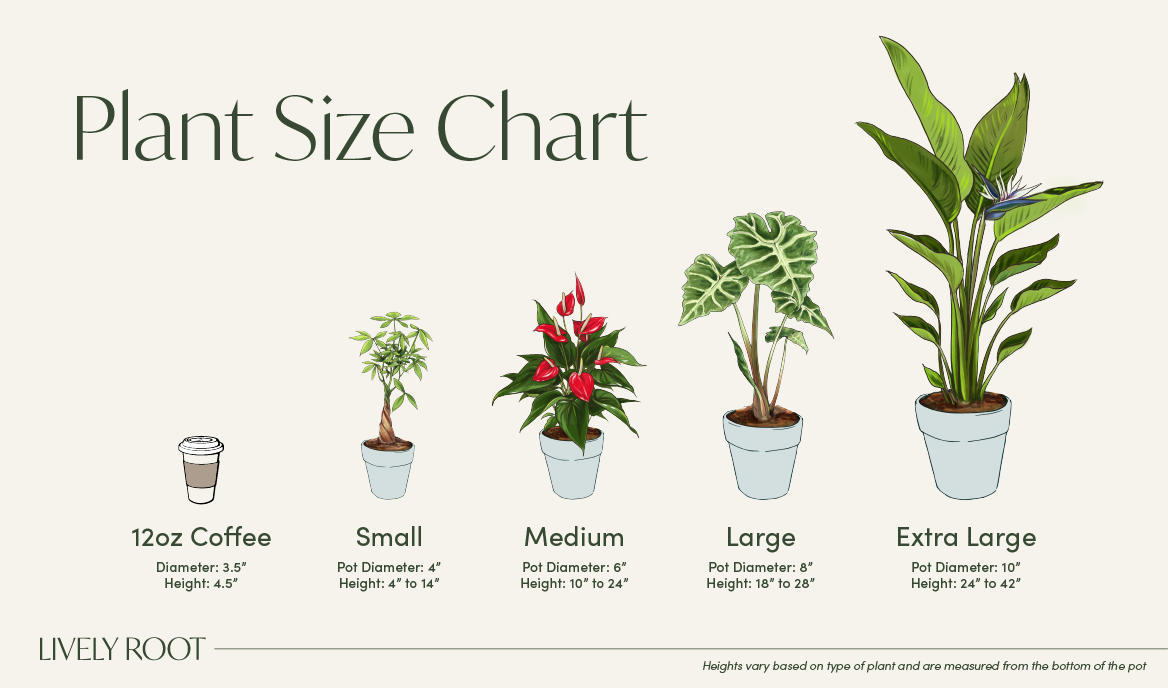

We think plants are the perfect study buddies... they can calm us down, improve creativity, and provide a breath of fresh air! Show your college student some love with this plant themed care package! These pet friendly small plants are perfect sized for dorm rooms or small apartments and are safe for our four-legged friends!
This bundle includes:
Small Boston Fern
Small Tropical Delight Guzmania
Punny Plant Pens Pack
"Needs More Plants" Tote Bag
Houseplant Note Pad
*Plants may vary in shape or size and may not arrive as they are pictured. We ship the best plants growing in our nursery*
Study Buddy Care Package: Pet Friendly Plants Care Guide

You might also like...















